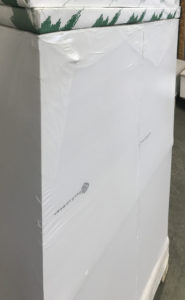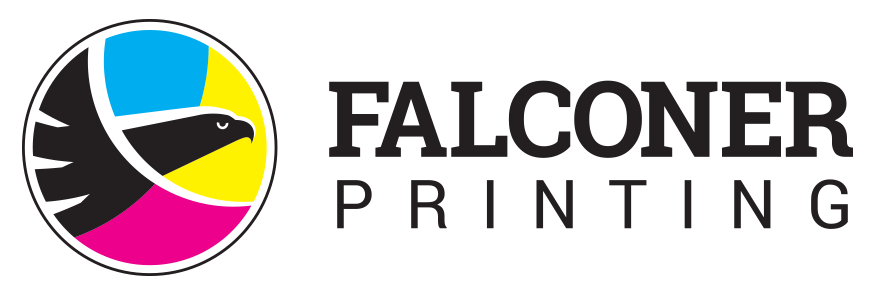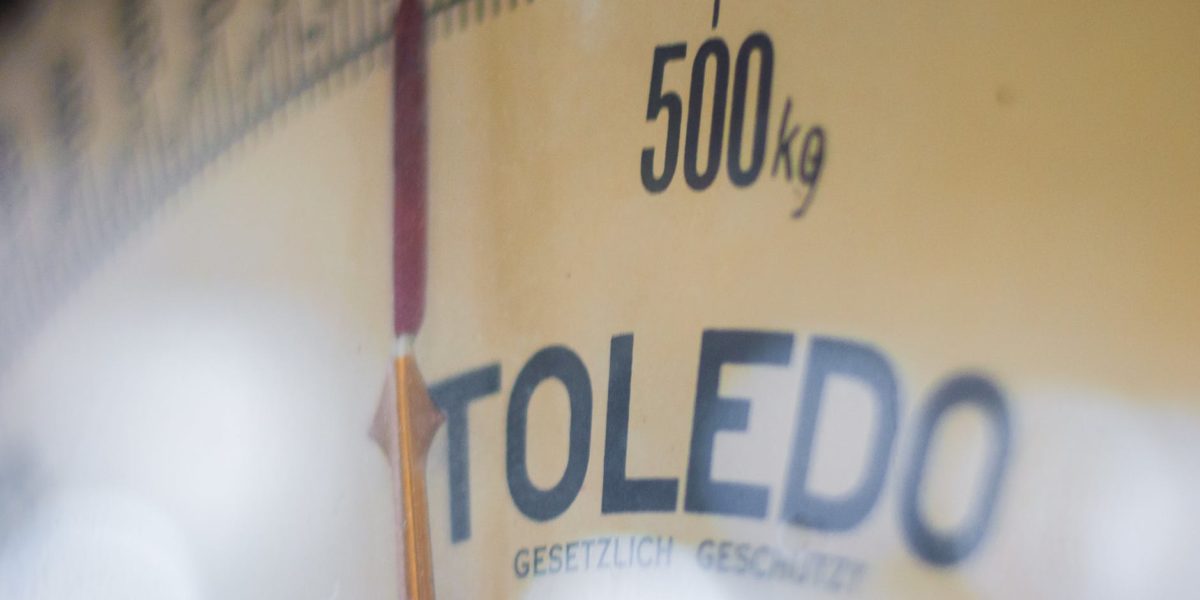What’s in a number?
“100 lb. text. Wait, no, 80 lb. cover. Actually, how about 120 lb. text? That’s not a thing? OK, then 100 lb. text. Yeah, that’s it. Let’s go with 100 lb. text… unless that’s too thin. Um, what would you recommend?” We hear this kind of dialogue about as often as a restaurant server hears “what’s good here?” Paper weight is a confusing thing to grasp, and not much has been done to clarify the situation. As if there aren’t enough questions already, companies outside the U.S. use language that’s not anything like that used elsewhere. Grams anyone? Points? Once you cross the pond, you can expect an altogether different nomenclature. We’ll remain stateside for this convo.
We’ll talk more about paper types and finishes later, but for now, we figured it’d be helpful to chat about how paper tips the scales. Making the right choice can seem like the weight of the world is on your shoulders, and some education might be worth its weight in gold. Quite often, people are put in the position to order a print job with little to no knowledge on the matter – punching above their weight class, just to end up feeling like dead weight in the process. Rather than throwing our weight around with even more terminology, we figured we’d give weight to a simpler way of looking at things.
Practicality…
When the modern paper industry came into its own, around the 11th and 12th centuries, a standard took place for distinguishing between thicknesses, and it made quite a bit of sense. Rather than waiting a few hundred years for compound microscopes to allow measuring thickness, a stack of 500 sheets was weighed, giving us the weight we use today. That seems to be a pretty easy standard to go by, doesn’t it?
If you’re like the lad penning this article right now, you’d suspect an 80 pound  stock to weigh in at a cool 80 lbs. per ream – and just like the author, you’d (probably) be wrong. That 80 pounds doesn’t relate to “one” ream… of 8.5″ x 11″ paper. That standard 500 page ream that Dunder Mifflin sells is generally 1/4 of an original, uncut sheet that’s weighed and labeled 80 lbs. The weight of 500 of the larger, uncut sheets is called a “Basis Weight,” and that’s what everyone’s referring to when they say 80 lbs. The standard, uncut sheet size for 80 lb. text stock is 17″ x 22,” providing for four “letter” sized pages when cut in fours.
stock to weigh in at a cool 80 lbs. per ream – and just like the author, you’d (probably) be wrong. That 80 pounds doesn’t relate to “one” ream… of 8.5″ x 11″ paper. That standard 500 page ream that Dunder Mifflin sells is generally 1/4 of an original, uncut sheet that’s weighed and labeled 80 lbs. The weight of 500 of the larger, uncut sheets is called a “Basis Weight,” and that’s what everyone’s referring to when they say 80 lbs. The standard, uncut sheet size for 80 lb. text stock is 17″ x 22,” providing for four “letter” sized pages when cut in fours.
The reasoning for that is pretty simple. Folks like Falconer Printing often print everything from catalogs to brochures on larger stock, printing multiple finished pages on a single sheet, before cutting them down for folding or binding handoff. Many 8.5″ x 11″ documents you work with began as full, 17″ x 22″ sheets of paper. Printers maximize the number of finished pages that can be arranged on the larger stock, so it requires fewer “passes” through the printer. That cuts down on the project cost, and can make a significant difference for everyone involved.
Sounds pretty reasonable, right? A good, 80 lb. sheet of paper indicates that 500 pieces of it, in a 17″ x 22″ size, would weight in at 80 lbs. That probably doesn’t mean much to you, because you likely don’t know what an 80 lb. ream of uncut stock feels like, bit it works as a simple benchmark. Generally put, as the weight increases, so does the thickness of the paper.
… meet the Wild West.
Before you go and brag to your friends about your new-found brilliance, we have one heck of a curveball for ya’ (one that would probably cause you to foul off the pitch and send the ball right through your neighbor’s bedroom window, costing you your paper route profits for two weeks, a load of pride, and a lecture about playing with a hardball in a neighborhood side yard when Nordstrom Park is just three freaking blocks from your house). Not all uncut sheets of paper are created in 17″ x 22″ sizes. Some stocks are produced in 20″ x 26″ sizes, making an apples to apples comparison into more of an apples to onions situation (onions never get the love). That extra size definitely accounts for some variation in what you’d expect for a page thickness, but it ends up being negligible for most purposes, and most people let it slide. Like when your four year old will only sit still at the dinner table if he gets to wear his Buzz Lightyear halloween costume.
From bean-poles to big-boned.
The good news about this confusing mess of a situation is that several norms have been established to help you choose a consistent and adequate paper weight for most common jobs today. You don’t have to know the exact paper weight, original paper size or how many of your pages will print “up” on a press sheet. You just need to know what works for your own projects.
To help with that, we have a few rules of thumb for you. Or is it a few rules of thumbs? Or rule of thumbs? Whatever it is, you can go by these basics:
- Text stock, or the thinner paper that’s used in between covers for books or manuals, can range from 50 to 100 lbs. 80 lb. text stock is a pretty common weight for standalone pages, as well, from brochures to posters.
- Cover stock is much heavier than text stock – even if the numerical weights are the same – mostly because the sheet sizes are different. A 100 lb. text page would be much thinner than a 100 lb. cover page.
- Cover stock is often used for… you guessed it… covers of paperback manuals or booklets, but it’s also popular for standalone pieces such as post cards or pocket folders. It simply holds up better. Cover stock for those applications typically ranges from 80 lbs. to 140 lbs.
- A common booklet could be proposed as having 20 pages, using 16 pages of 80 lb. text stock and a (4-page) 100 lb. cover stock for it’s cover.
Whether or not you’re an expert or a novice, it’s a good idea to have a sheet or two of various paper weights nearby when having a project quoted. It’s a simple chore, but one that goes a long way when trying to determine what’s right for your next job. If you’d like a couple sample pages, we’re more than happy to get ya’ some – just give us a call.
We’ll take a look at paper “types” in a separate post, where we can discuss various finishes and how they can hurt or help with what you’re trying to accomplish. It’s all interesting stuff, but like they say, that’s a story for another time.



